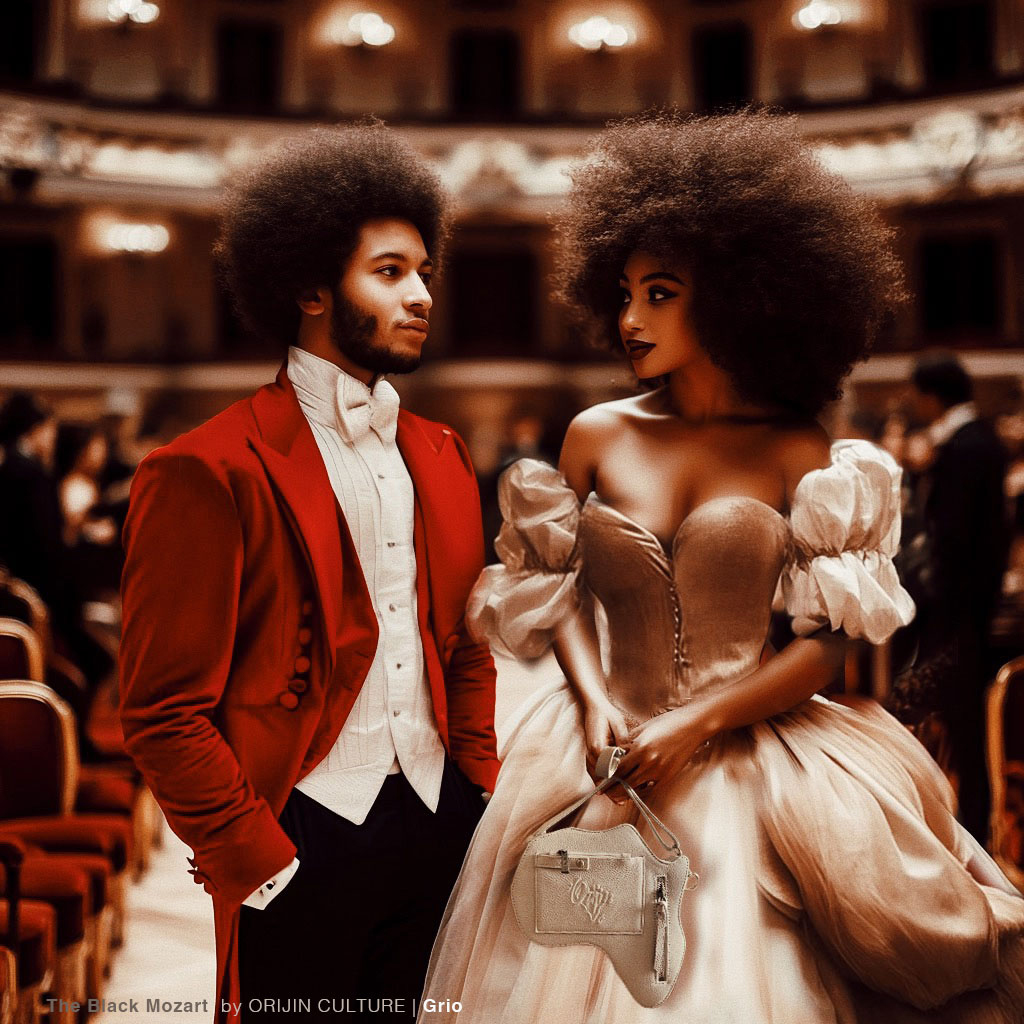Het was de 19e eeuw, Een tijd waarin de wereld doordrenkt was in klassieke muziek en beeldende kunst en cultuur. In een bruisende Europese stad, gefluister van een buitengewoon evenement verspreid als een lopend vuurtje. The Black Mozart, de briljante componist en violist, was ingesteld om te presteren. Dit was niet zomaar prestaties; Het was een gebeurtenis die de elite trok, het modieuze, En de gedurfde. En te midden van deze grote gelegenheid, I, Een zwarte vrouwontwerper, was vastbesloten om een stempel te laten. Het was tenslotte broer die optrad en we moesten er goed uit komen om te vertegenwoordigen.
Mijn vrienden en ik hadden weken doorgebracht met de voorbereiding op deze nacht. We waren meer dan alleen aanwezigen; We waren visionairs, De elegantie en rijkdom van Afro -mode naar het hart van Europa brengen. Onze jurken zijn gemaakt van de beste zijde en versierd met ingewikkelde patronen geïnspireerd door ons Afrikaanse erfgoed. Elke steek was een eerbetoon aan onze cultuur, Een viering van onze identiteit.
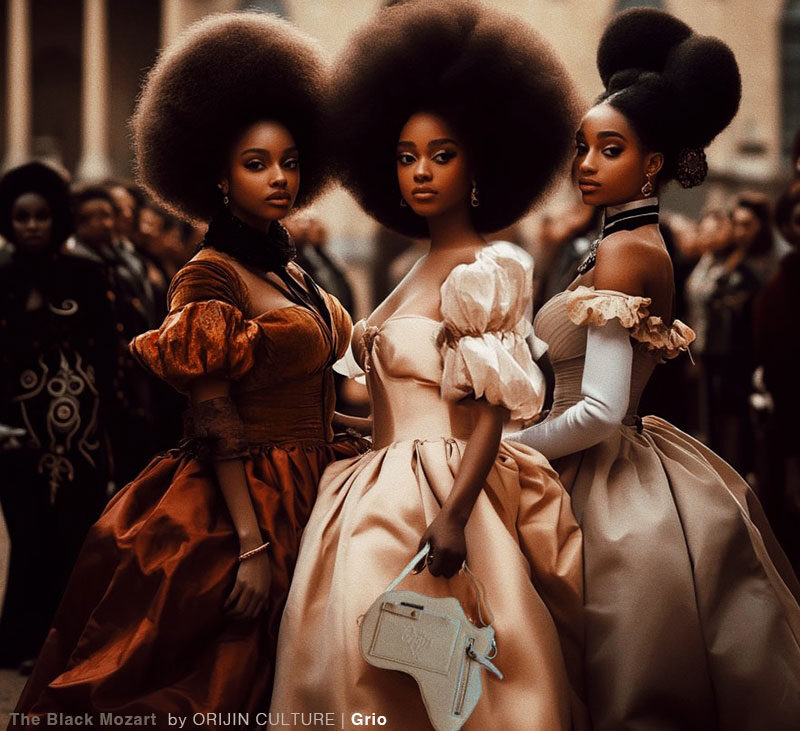
Toen we aankwamen in de grote concertzaal, Hoofden draaiden en fluisters vulden de lucht. Onze ingang was ronduit spectaculair. Ik droeg een vloeiende jurk van ivoor die glinsterde onder het kaarslicht. Mijn vrienden waren even verbluffend, Gekleed in gewaagde kleuren en stoffen die spraken over royalty's en gratie. Mijn unieke Afrika-vormige lederen tas was natuurlijk het gesprek van de nacht met veel complimenten. Ohh ja! Het voegt inderdaad de perfecte afwerking toe aan ons ensembles. Binnen, De atmosfeer was elektrisch. De concertzaal was versierd met weelderige kroonluchters, En het publiek zoemde van verwachting. We hebben onze stoelen gevonden, en terwijl de lichten dimden, Le Mozart Noir liep de stage. Zijn aanwezigheid was commandant, Zijn talent onmiskenbaar. De muziek die hij speelde was een fusie van klassieke elegantie en Afrikaans ritme, Een bewijs van zijn unieke genie.
Tijdens de pauze, We vermengden zich met de elite, Onze Afro -mode -tekening bewondering en nieuwsgierigheid. Één voor één, Ze benaderden ons, enthousiast om te leren over onze ontwerpen en de inspiraties achter hen. "Trots voor mijn rijke erfgoed en cultuur" Ik had zoveel geantwoord dat het begon te klinken als een volkslied. Het was een moment van culturele uitwisseling, Een mengen van werelden die uit elkaar leken, waren maar verbonden door de universele taal van kunst en mode.
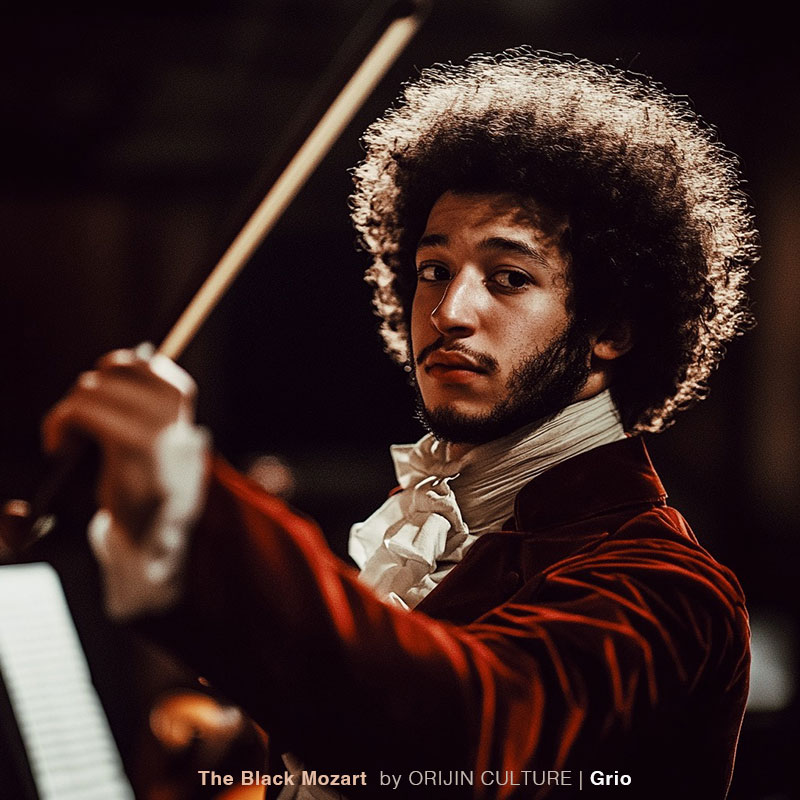 De nacht nam een onverwachte wending toen een vooraanstaande heer me benaderde. Hij stelde zich voor als een gerenommeerde kunstbescherming en uitte zijn bewondering voor mijn mode. “Uw ontwerpen zijn buitengewoon,"Zei hij. “Ze brengen een adem van frisse lucht en het ongekende verhaal van mijn Afrikaanse afkomst en cultuur. Mijn moeder is Senegalese ”ik glimlachte, vernederd door zijn woorden. 'Ik heb je nooit geweten en bedankt voor het compliment. Mijn mode is en zal altijd een weerspiegeling zijn van ons erfgoed, onze trots, en onze reis. " Hij knikte zorgvuldig. “Ik zou graag je werk laten zien op een komende tentoonstelling. Je ontwerpen verdienen het om door de wereld te worden gezien. ”
De nacht nam een onverwachte wending toen een vooraanstaande heer me benaderde. Hij stelde zich voor als een gerenommeerde kunstbescherming en uitte zijn bewondering voor mijn mode. “Uw ontwerpen zijn buitengewoon,"Zei hij. “Ze brengen een adem van frisse lucht en het ongekende verhaal van mijn Afrikaanse afkomst en cultuur. Mijn moeder is Senegalese ”ik glimlachte, vernederd door zijn woorden. 'Ik heb je nooit geweten en bedankt voor het compliment. Mijn mode is en zal altijd een weerspiegeling zijn van ons erfgoed, onze trots, en onze reis. " Hij knikte zorgvuldig. “Ik zou graag je werk laten zien op een komende tentoonstelling. Je ontwerpen verdienen het om door de wereld te worden gezien. ”
Mijn hart is gestegen. Dit was de kans van je leven, Een kans om Afro -mode te schitteren naar de voorhoede van de Europese modescene. We hebben contactgegevens uitgewisseld(Vergeet niet dat dit allemaal in mijn verbeelding staat, Dus het is oké voor mij om je mijn Africa -tas uit te ritsen en mijn telefoon tevoorschijn te halen, lol). Na het uitwisselen van cijfers, Ik wist dat dit nog maar het begin was van iets monumentaals.
Toen het concert ten einde kwam, Het publiek barstte uit in applaus. Le Mozart Noir had opnieuw zijn schittering bewezen, En we hadden ons stempel gedrukt. Onze mode had niet alleen de scène gestolen, maar overbrugde ook een culturele kloof, toont de schoonheid en elegantie van Afrikaans design. In die magische nacht, Temidden van de muziek en de glamour, We hadden het verhaal herschreven. We waren niet alleen toeschouwers; We waren makers, beïnvloeders, en pioniers. En toen we de concertzaal verlieten, Onze Afrika-vormige lederen zakken zwaaien bij elke stap, We wisten dat onze reis nog maar net was begonnen voor de toekomst.
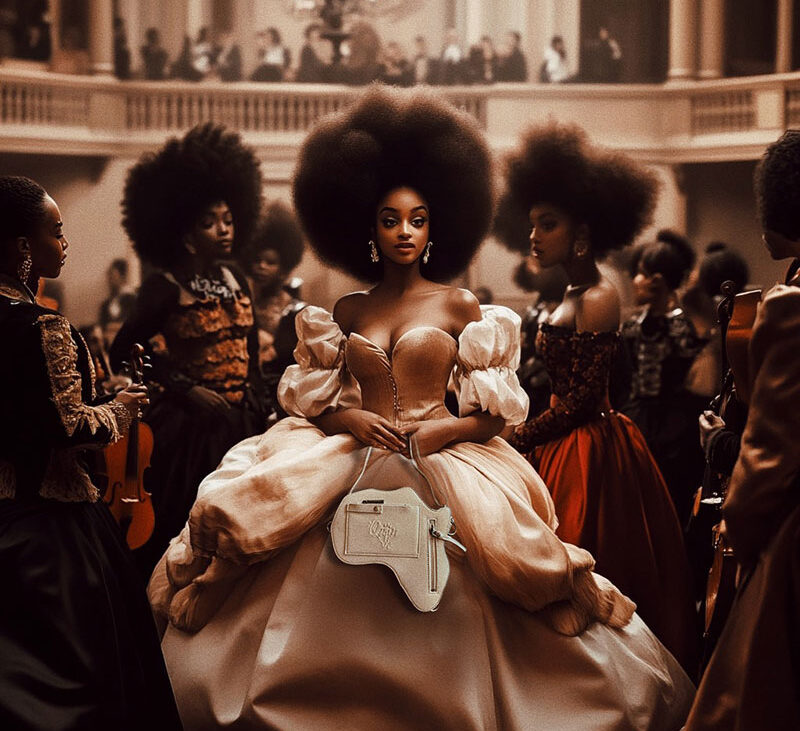

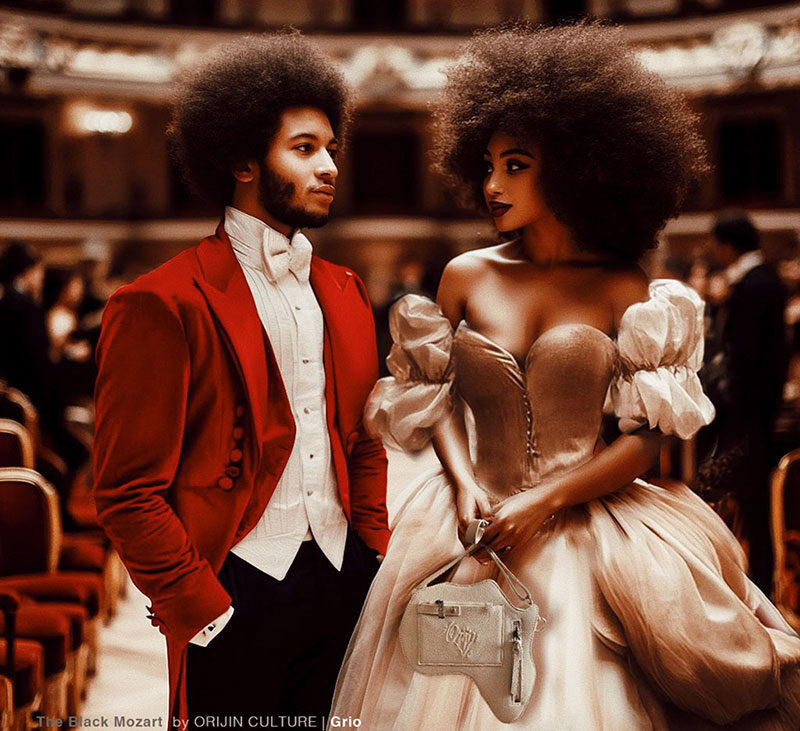
Zwarte Mozart, de 1e Afro-Franse tot ... | Read MeerMinder
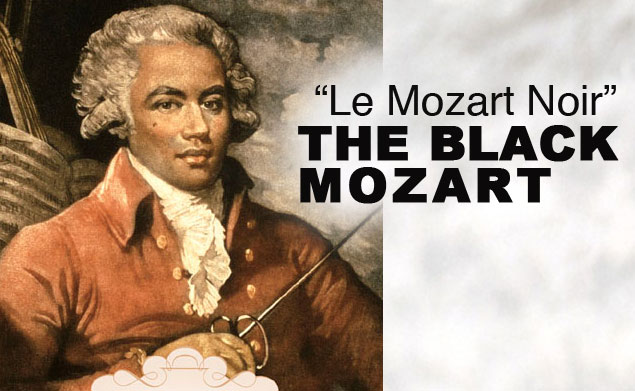
De kunsten hebben altijd een belangrijke rol gespeeld in de geschiedenis en cultuur van de Afrikaanse afstammelingen. Hoewel veel mensen vandaag de dag vaak beperken de reikwijdte van kunst binnen de Afrikaanse diaspora naar hip hop, tik, R & B, hedendaagse dans en alle andere opkomende hedendaagse muzikale kunstvormen, Afrikaanse nazaten hebben bijgedragen aan en hebben een belangrijke rol gespeeld in alle vormen van kunst en hebben belangrijke en significante indruk gemaakt op hen.
Joseph Bo(in de)Logne, Chevalier de Saint-George (December 25, 1745 - Juni 10, 1799) Ook bekend als "Le Mozart Noir" of "The Black Mozart" was de eerste zwarte man die de belangrijkste orkesten van Frankrijk leidde. Een componist, dirigent en vioolvirtuoos, Chevalier de Saint-George werd geboren uit een tot slaaf gemaakte Senegalese moeder en een Franse kolonialist op het Franse Caribische eiland Guadeloupe en verhuisde naar Frankrijk op de leeftijd van 8. Ook bekend om zijn atletische talenten als zwemmer en zwaardvechter, hij was ook een van de vroegste Franse componisten van strijkkwartetten, concertante symfonieën, en concertante kwartetten.
Chevalier de Saint-George's gift als violist is vaak een ontmoeting met lof. In Arion CD 55445 (1999) violist Joel Marie Fauquet verklaarde dat 'zijn fluweelzachte talent op de viool gaf hem soms de voorkeur gegeven boven de knapste kunstenaars van zijn tijd'. Zijn superieure talenten als dirigent van Le Concert werd vertegenwoordigd door het feit dat hij werd uitgeroepen als het hebben van “de beste orkest voor symfonieën in Parijs en misschien wel in Europa” door de muzikale almanak in 1775.
Ondanks zijn genoteerde talenten en succes, Chevalier de Saint-George was niet immuun voor de racisme. Toen hij werd voorgesteld als muzikaal directeur van de Opéra in 1776, veel protesteerde en maakte een petitie aan de koningin te verklaren dat "hun eer en hun delicate geweten nooit zou kunnen hen in staat stellen in te dienen om de bestellingen van een mulat." Ondanks deze opgemerkt bezwaar, Hij volharde en werd een van de grootste sterren in Frankrijk uit de 18e eeuw.
Bob Marley adviseerde: "Win niet de wereld en verlies je ziel, wijsheid is beter dan zilver of goud…". Alleen door middel van het verwerven van kennis van onze rijke cultuur en geschiedenis zullen wij in staat zijn om de wijsheid Bob Marley sprak van quire. Het verhaal van Chevalier de Saint-George biedt niet alleen als een belangrijk onderdeel van de Afrikaanse wereldgeschiedenis, maar het dient ook als inspiratie voor aspirant-kunstenaars.
Het is buiten de mode voor ons, Het weeft onze eigen verhalen met trots en bewaart ons erfgoed in stijl. Geniet hieronder van uw winkelen.
Deel de Orijin -cultuur
Laatste berichten van Niet veranderen (toon alles)
- Voordat Rihanna was er Grace Jones - December 27, 2014
- Marimba: Expressie van vrijheid, maar mijn Afro-Ecuadorianen… - December 25, 2014
- Wie maakt aanspraak op de Reggae Hoofdstad van de Wereld? - December 24, 2014


